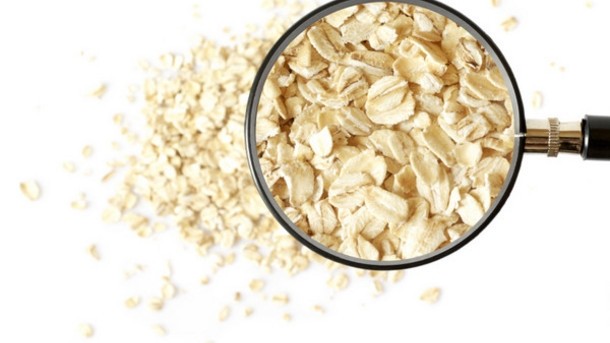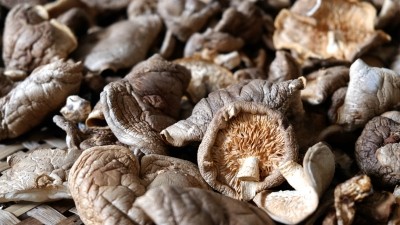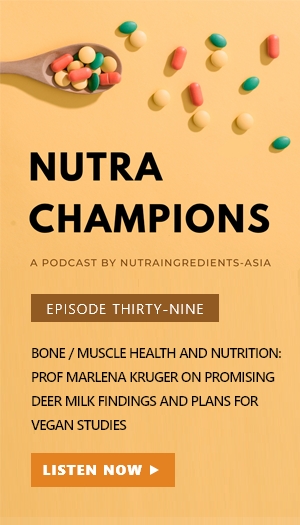Obesity and diabetes concerns to spur big growth in APAC's beta-glucan market

The increase represents a CAGR of 9.1%. At present, China dominates the beta-glucan market in the region, accounting for $17.62 million, followed by Japan.
High cholesterol levels, rising obesity, and diabetes have increased the usage of beta-glucan in nutraceuticals and functional foods.
Last week we reported on a trial from Japan that showed how barley high in beta-glucan can reduce visceral fat, as well as body weight, BMI and waist circumference.
Visceral fat
One hundred male and female Japanese subjects aged 30 to 70, each with a BMI of 24 and above, were randomly assigned to consume either a mixture of rice and high-beta-glucan barley (test group), or a mixture of rice and beta-glucan-free barley (placebo group) daily for 12 weeks.
The study stated: “Both groups showed decreases in body weight and BMI, and these changes were significantly greater in the test group. Waist circumference and visceral fat area (VFA) significantly decreased in both groups.”
Analysts from Research and Markets also point out there is growing interest in chaga mushroom extract, which is rich in polysaccharides, beta-d-glucans, phytosterols, betulin and betulinic acid and antioxidants, and is increasingly being used in the making of beta-glucan products.
"Factors driving the beta-glucan industry are the increasing consumption of nutraceuticals and functional food, its usage as immunomodulator and increased usage as fat substitutes," they added.











